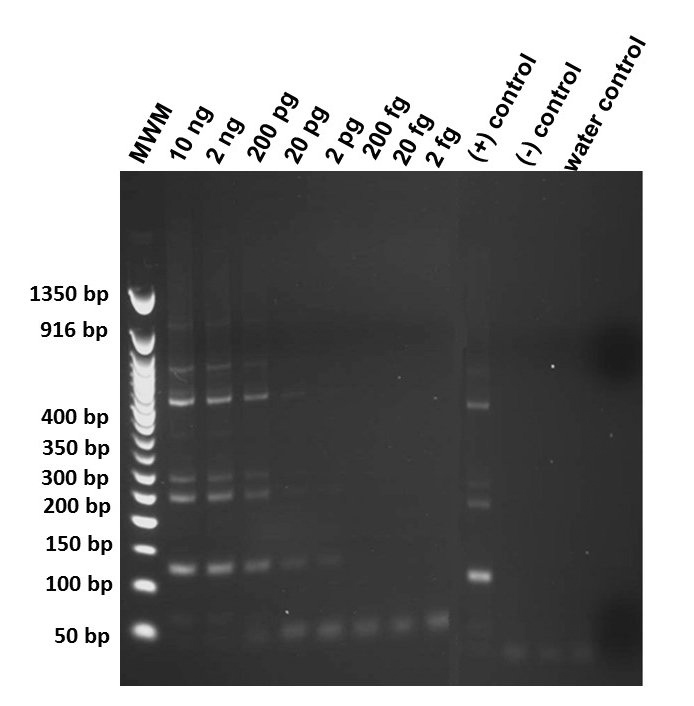
To reduce morbidity and mortality from BC, novel approaches must be considered for screening, early detection and prevention, as well as for monitoring cancer progression or recurrence. Īlthough advances in BC diagnosis have been made in the last decade, there are still many BC patients who cannot be diagnosed in the early stages of disease or monitored adequately for tumor recurrence using current techniques. Pathological examination is still the gold standard for diagnosis and assessment of prognostic indicators in BC which include tumor size, grade (degree of tumor cell differentiation), presence or absence of positive lymph nodes (metastases), immunohistochemical expression of key proteins such as estrogen receptor (ER), progesterone receptor (PR) and HER2. The complexity and heterogeneity of individual tumors play an important role in therapeutic decision making. Once BC has been biopsied and the diagnosis has been confirmed pathologically, the tumor is surgically excised. It can only be detected using mammography if there is a visible, detectible abnormality with architectural distortion or calcification, which correlates with the presence of several hundred thousand tumor cells. Despite the widespread use of mammographic screening, which has contributed to reduced mortality, BC is still the most common form of cancer among women. One potential marker MAST4 was further validated in human breast cancer tissues as well as individual human breast cancer urine samples with immunohistochemistry and Western blotting, respectively.īreast cancer (BC) is a major public health problem worldwide. Preliminary validation of 3 potential markers (ECM1, MAST4 and filaggrin) identified was performed in breast cancer cell lines by Western blotting.

These include stage specific markers associated with pre-invasive breast cancer in the ductal carcinoma in-situ (DCIS) samples (Leucine LRC36, MAST4 and Uncharacterized protein CI131), early invasive breast cancer (DYH8, HBA, PEPA, uncharacterized protein C4orf14 (CD014), filaggrin and MMRN2) and metastatic breast cancer (AGRIN, NEGR1, FIBA and Keratin KIC10). Amongst the 59 significant urinary proteins identified, a list of 13 novel up-regulated proteins were revealed that may be used to detect breast cancer. Thirty-six urinary proteins were exclusively found in specific breast cancer stages, with 24 increasing and 12 decreasing in their abundance. Data analysis revealed 59 urinary proteins that were significantly different in breast cancer patients compared to the normal control subjects ( p3).
#Brown tissue fragments in urine free#
Unbiased label free LC-MS/MS-based proteomics was used to provide a profile of abundant proteins in the biological system of breast cancer patients.


 0 kommentar(er)
0 kommentar(er)
